Could another party topple the Tories in Herts?
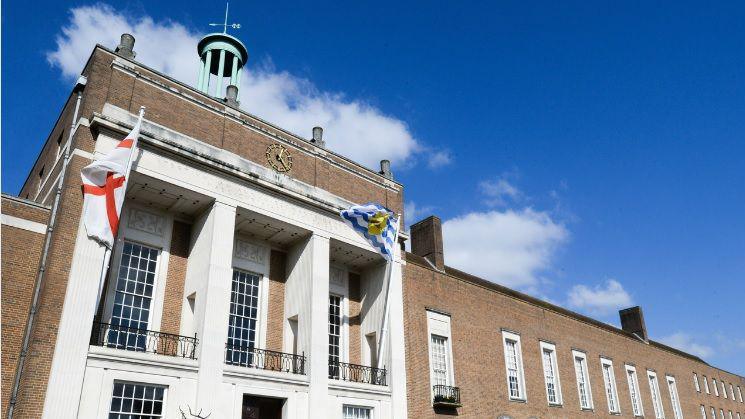
Hertfordshire County Council has only had one political party in full control since it was formed in 1974 and that has been the Conservatives
- Published
Hertfordshire is the second largest county, by population, in the East of England, with about 1.2 million people.
Its size is one of the reasons why it is politically diverse, with four different parties currently running its 11 councils, although the existing two-tier governance model is earmarked for change.
However, before any changes come in, voters will elect 78 councillors for the county council.
That authority has been under Conservative control since 1999, but the party has lost control of several district councils in recent years.
So could their grip on the county council also be at risk on 1 May?
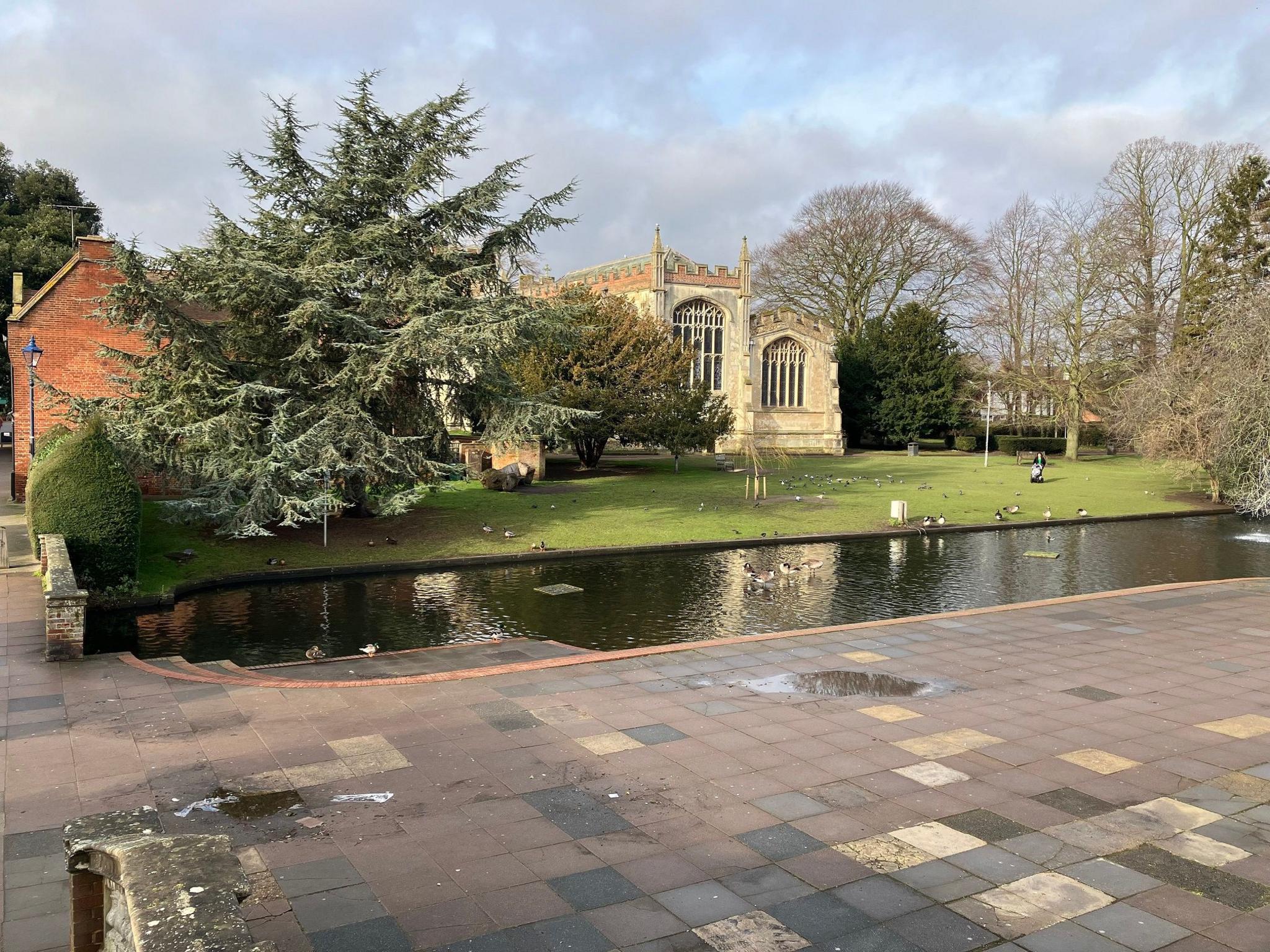
Hitchin is currently served by the county council, and North Hertfordshire District Council under the two-tier model of local government
What does Hertfordshire County Council do?
Hertfordshire has a two-tier system of local government where the county council looks after services including adult and children's social care, education, roads and refuse disposal and recycling, leaving 10 district councils in charge of planning, refuse collection, leisure facilities and social housing.
The authorities have put forward joint interim devolution proposals, external to the government which could see them replaced with between one and four unitary councils providing all services in their areas, but for now the county council serves the whole of Herts, and has an annual budget of around £1.1bn.
How many seats are up for election?
All 78 county council seats are up for election on 1 May - there are currently 42 Conservative councillors with 22 Liberal Democrats - 40 seats are needed for a majority.
There are six Labour councillors, five Independents, one each from Reform UK and the Greens, plus a vacancy.
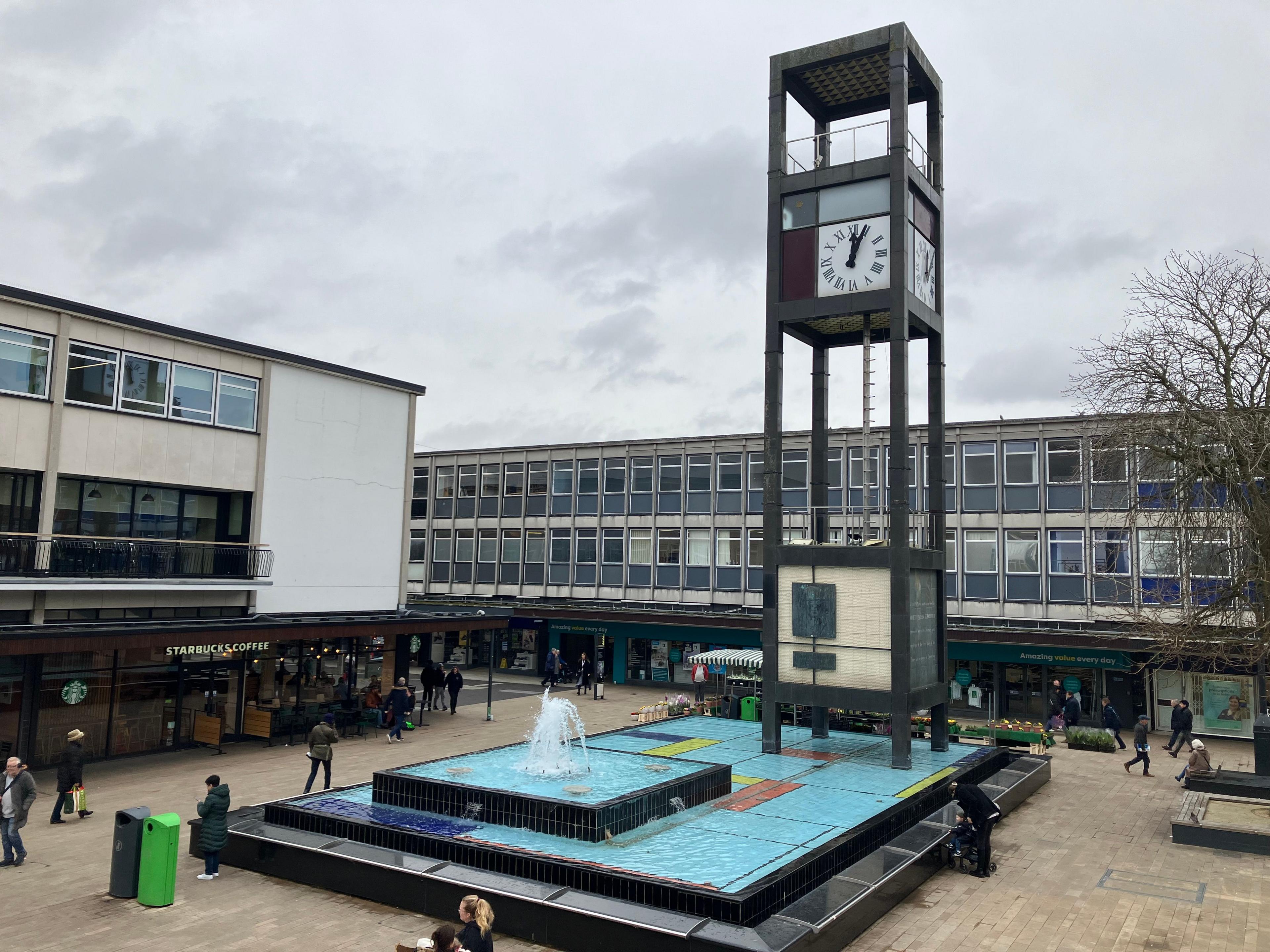
Stevenage is one of the largest towns in Hertfordshire and its borough council is run by Labour
What to look out for politically in the election
The Conservatives are the only party to have had overall control of the county council since it was formed in 1974 - but it lost control in 2023 of the district councils of Dacorum, East Hertfordshire, Hertsmere and Welwyn Hatfield, leaving them with Broxbourne.
The Lib Dems took over Dacorum, they already had St Albans and Watford plus leadership pacts with Labour in Hertsmere, Welwyn Hatfield and North Herts. They are also the largest party in Three Rivers, which is under no overall control.
Labour runs Stevenage Council and the Greens are the largest party in East Herts running things with the Lib Dems.
Reform UK has one county councillor, following ex-Conservative Graham McAndrew's defection to Nigel Farage's party, as well as two councillors on the district in Broxbourne.
What are the key issues?
Problems with special educational needs and disabilities (Send) services are not unique to Hertfordshire, but the county has had a tough couple of years as a result.
In November 2023, its Send provision was given the lowest rating possible by Ofsted and the Care Quality Commission, external, who identified "widespread" and "systemic failings".
In October 2024, Conservative leader Richard Roberts said "demand for Send support had increased by 223% since 2015" making it the "fourth-lowest funded council for high needs", adding that the "absolutely astronomical costs" were "eating into other budgets".
The authority hoped 138 staff trained at its new Send academy would ease supply - some children had been waiting more than 78 weeks to get their educational needs met.
Other issues include the state of roads and bus services. The Labour government announced the county would get an extra £9.3m for pothole and pavement repairs this year, on top of £35m it had already been allocated.
Hertfordshire's Bus Service Improvement Plan also benefits from a further £11m from the Department for Transport - on top of almost £30m allocated for more buses, changes to fares and ticketing and updates to customer information points and bus shelters.
How do you register to vote?
You must bring an approved form of photo ID, external to vote at a polling station, but anyone without approved ID can apply online for a Voter Authority Certificate by 17:00 BST on 23 April.
Everyone aged 18 and above who is not registered at their current address has until midnight on Friday, 11 April to do so. You can apply for a postal or proxy vote by 17:00 on 14 April which must be completed and returned by 22:00 on 1 May.
Votes will be counted on Friday, 2 May at 10 venues with an estimated result due at about 17:00.
Get in touch
Do you have a story suggestion for Beds, Herts & Bucks?
Follow Beds, Herts and Bucks news on BBC Sounds, Facebook, external, Instagram, external and X, external.
You might also be interested in
- Published14 October 2024
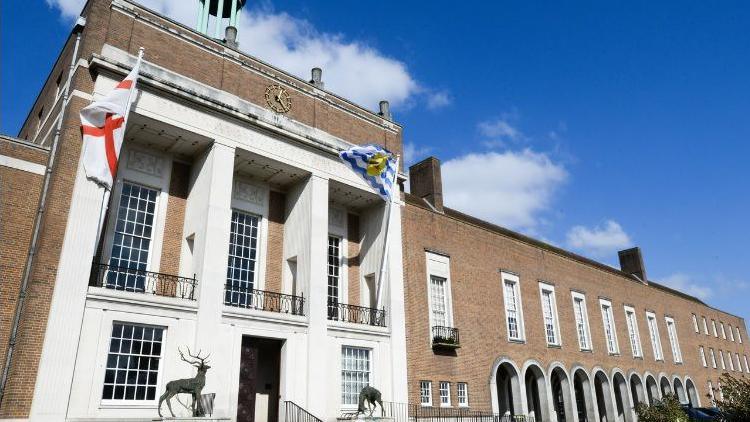
- Published10 November 2023
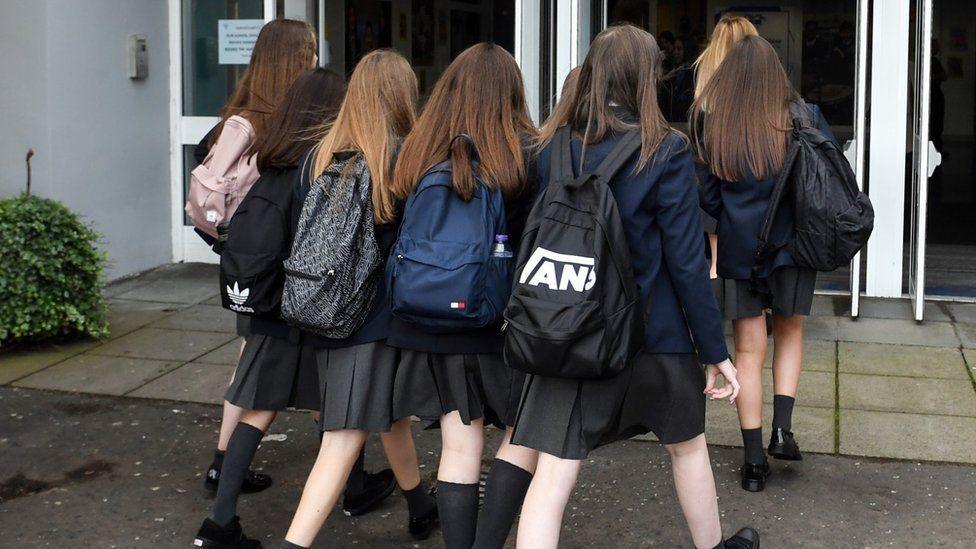
- Published23 October 2024
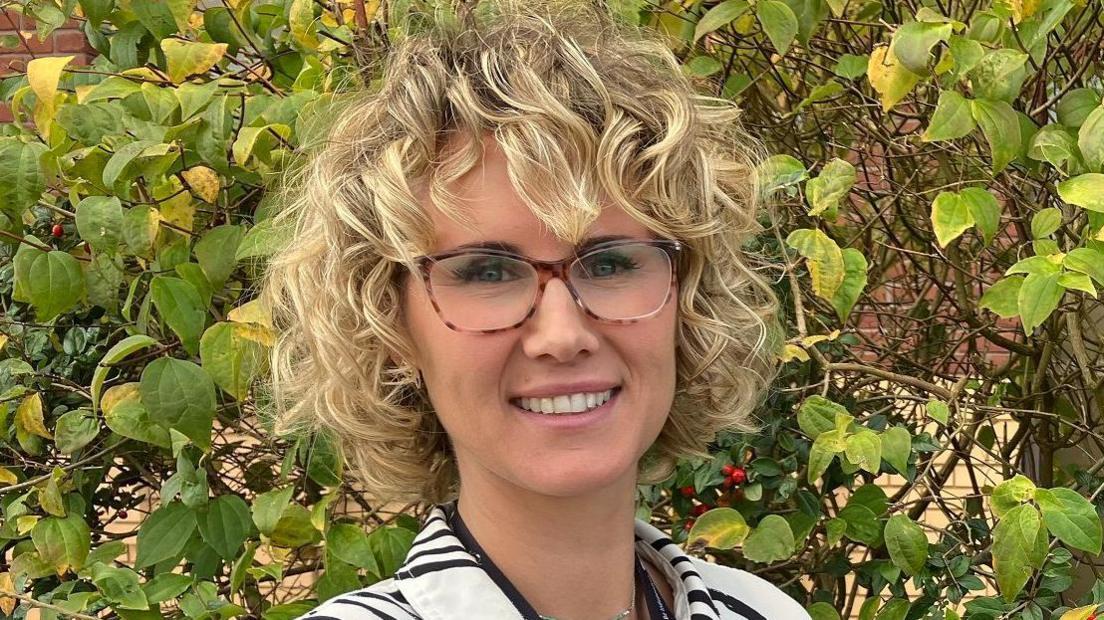
- Published17 February

- Published20 December 2024
